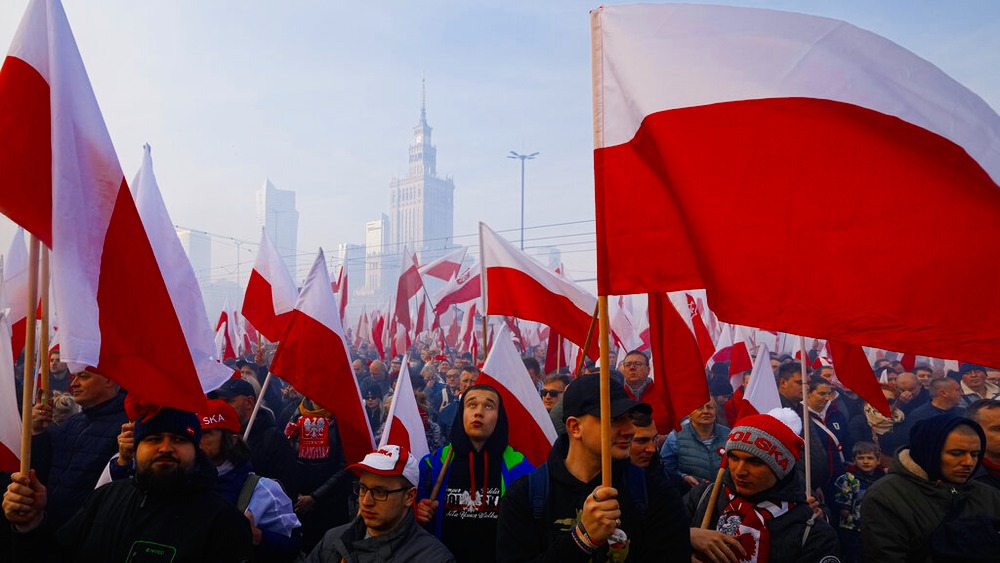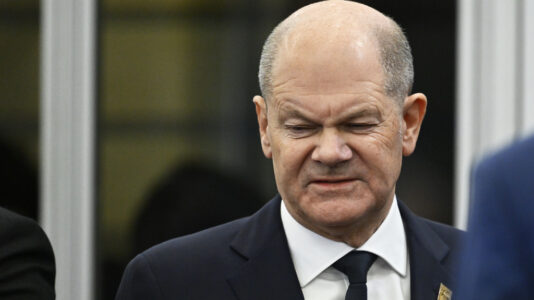“Poland was not on the map for 123 years, and today we celebrate regaining independence in the country,” writes Salon24.
A grand march will be held in Warsaw to mark the occasion. November 11 is also a day of important events in the world — personal scheming in Donald Trump’s administration or the missile attack on Kyiv. In the world of sports, Barcelona disappointed its fans and lost without a single shot on target. Wojciech Szczęsny spent the La Liga match on the bench.
On Nov. 11, 1918, the Regency Council handed over military power and supreme command of the Polish army to Józef Piłsudski. It was a symbolic moment that meant Poland’s return to the map of Europe after years of captivity. The events preceding that day were the foundation for the reconstruction of an independent Polish state, which tried to survive in difficult conditions after the end of World War I. Poland had been under partition for 123 years.
In 1918, the collapse of Austria-Hungary and the defeat of Germany created space for new nation-states, including Poland. From September 1917, the Regency Council, established by Germany and Austria-Hungary, operated in Warsaw, and its members worked to restore Polish independence.
On Nov. 10, 1918, after being liberated from the fortress in Magdeburg, Józef Piłsudski arrived in Warsaw, where he took control of the forming Polish army. His leadership allowed for the avoidance of clashes with the retreating German troops, as in the following days, a mass evacuation of German units began.
This year’s Independence Day celebrations include the traditional Independence March, which will pass through the streets of the capital under the slogan “The power of great Poland is us.” The march will start at the Dmowskiego roundabout, with the route covering Jerusalem Avenue and the Poniatowski Bridge and ending in the National Stadium. The police have appealed for caution and have banned pyrotechnics and drones.






